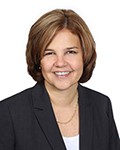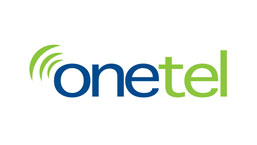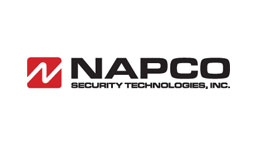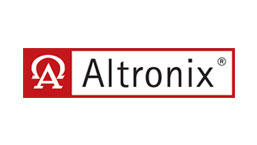Since its founding in 1950, TMA has worked to create and grow relationships between its members and various public safety organizations, including first responders. Nationally law enforcement responds to millions of calls to alarm systems where no crime or attempted crime has been committed. Research in this area tells us that over 75% of these false alarm calls are attributed to end user error rather than equipment failure.
The Security Industry Alarm Coalition (SIAC) staff has worked with various jurisdictions to focus on updating the terminology that companies use to train new alarm users on how to manage their alarm systems. Efforts in Phoenix, Arizona have reduced the number of false alarms significantly by helping users conquer their fears by using simple to understand vocabulary when explaining how their alarm systems work. By reframing a technical manual into a language that is comfortable and straightforward, alarm users are stepping up.
Examples include moving from “arming and disarming your system” to “turning your system on and off” and “your home” instead of “the premises or protected property” and providing tips such as adding the alarm company to a customer’s cell phone contact list and having the customer use their cell phone as the primary contact number.
TMA, along with SIAC, law enforcement and member volunteers, created this course to help our member companies educate customers on how to use alarm systems responsibly: “2019 False Alarm Impact Awareness Training: How You Can Prevent False Alarms.” This 30-minute narrated customer training helps alarm owners identify the most common mistakes they make and how to avoid them.
The bottom line is false alarms cost you, your customers, and your community money and resources. Once customers are comfortable with their alarm systems, they will avoid false alarms and maximize their security investment.
Included in the review are how alarm systems work and what your customers can do to avoid mistakes that cause false alarms.
By avoiding false alarms, users will be able to get the most out of their alarm systems and not worry about fines or suspension of services. Your customers can rest easy knowing that when unexpected emergencies occur, their alarm company is there to respond to any alarms generated from their systems.
As more homes become automated in the era of The Smart Home, more people are including alarm systems as part of their connected space. Parks Associates recently reported in their May 2019 newsletter that professional installation continues to be the dominant choice for home security systems, but self-installation experienced strong growth in 2017 and 2018. Self-installed DIY security systems are increasing as systems are set up to interact with the user through a mobile device or a computer.
False alarm reduction is everyone’s responsibility. By setting up easy to follow steps, and reinforcing communication with the monitoring center, everyone can benefit from protecting their home and avoiding false alarms.
For more information, contact education@tma.us.











